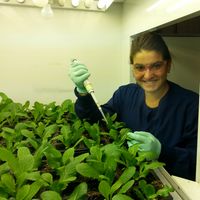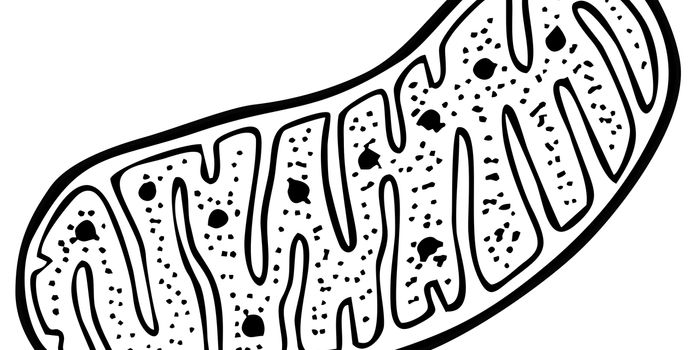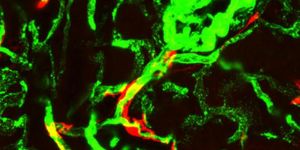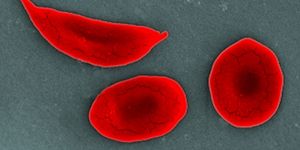There are several risk factors that have been identified for breast cancer including age, reproductive history, hormones, genetics, alcohol consumption and lifestyle choices. One of the main questions that researchers seek to answer is: What is the specific agent that changes a cell’s status from normal to cancerous? Because only 10% of breast cancer cases are identified as hereditary and <1% are attributed to exposure to ionizing radiation, it is not understood specifically what causes the remaining 90% of cases. Although the mentioned factors and lifestyle choices are known to increase the risk of breast cancer, it is not understood how these factors induce cellular and molecular changes in the breast tissue.
Viruses have previously been identified as causative agents of human cancer. These viruses are also known as oncogenic viruses, which have been associated with at least 6 different types of human cancer. Some of these viruses include hepatitis B and C which are associated with liver cancer and human papilloma virus which is associated with cervical cancer.

Other research involving animal models, has shown that viruses of the mammary tissues in animals can be passed down to offspring through milk. Because humans in most Western cultures consume more cow’s milk than human milk in a lifetime, researchers hypothesized that there might be a link between oncogenic viruses that affect cattle and breast cancer in women.
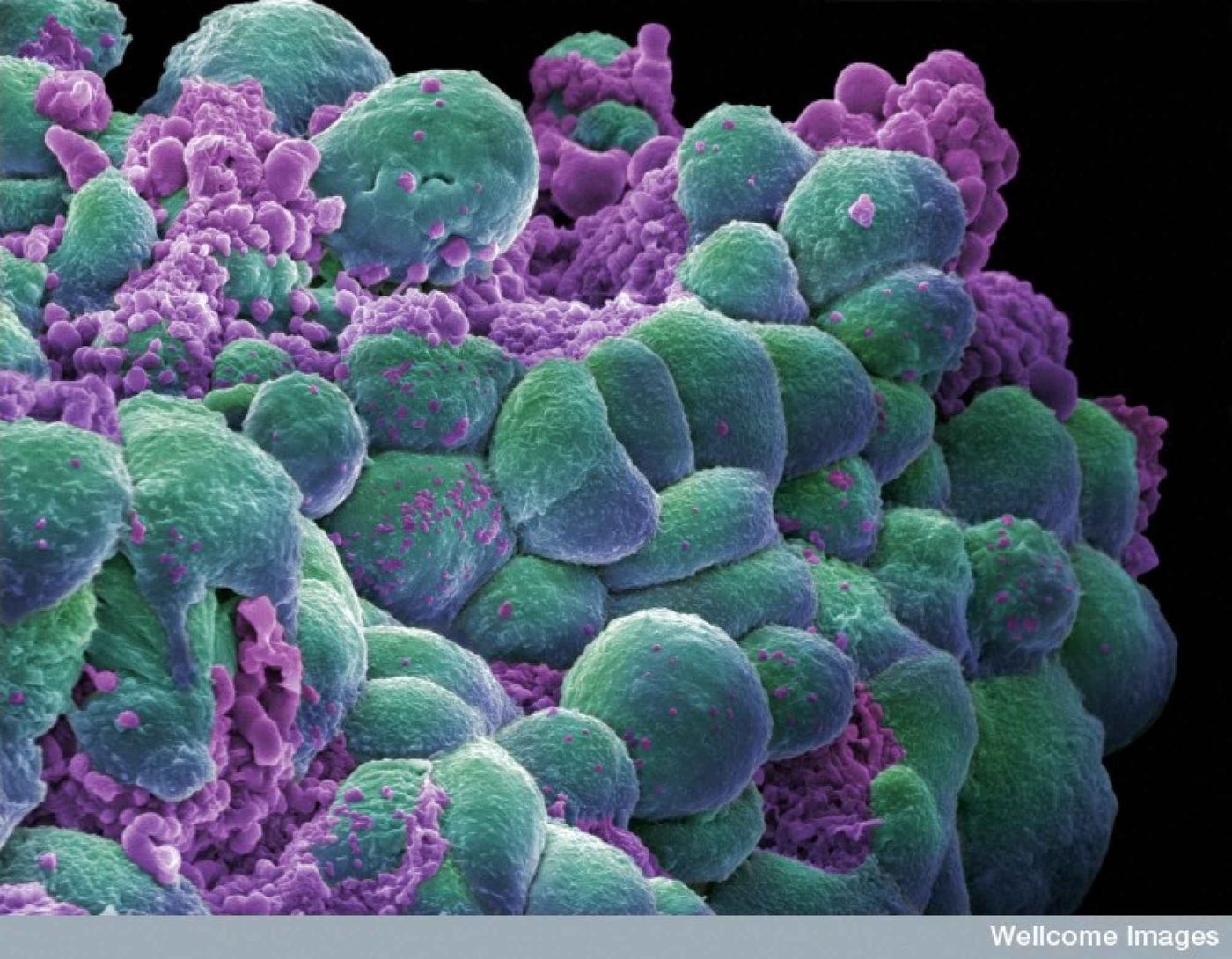
Researchers at UC Berkley have established a link between exposure bovine leukemia virus (BLV) and the occurrence of breast cancer in women. BLV infects dairy and beef cattle’s blood cells and mammary tissue. The virus is passed on to other animals though infected blood and milk. The research, published earlier this month in
PLOS One, involved a case-control study of 239 breast tissue samples donated from 2002-2008 from the Cooperative Human Tissue Network. The authors of the study detected, through the use of molecular techniques, the presence of a biomarker for BLV DNA present in the majority (59%) of the breast tissues from women diagnosed with breast cancer compared to only 29% in tissues from healthy women. Earlier studies from the 1970s were unable to demonstrate transmission of BLV from animals to humans. This is the second study in the last two years that has overturned that hypothesis.
Sources:
PLOS One;
UC Berkley


